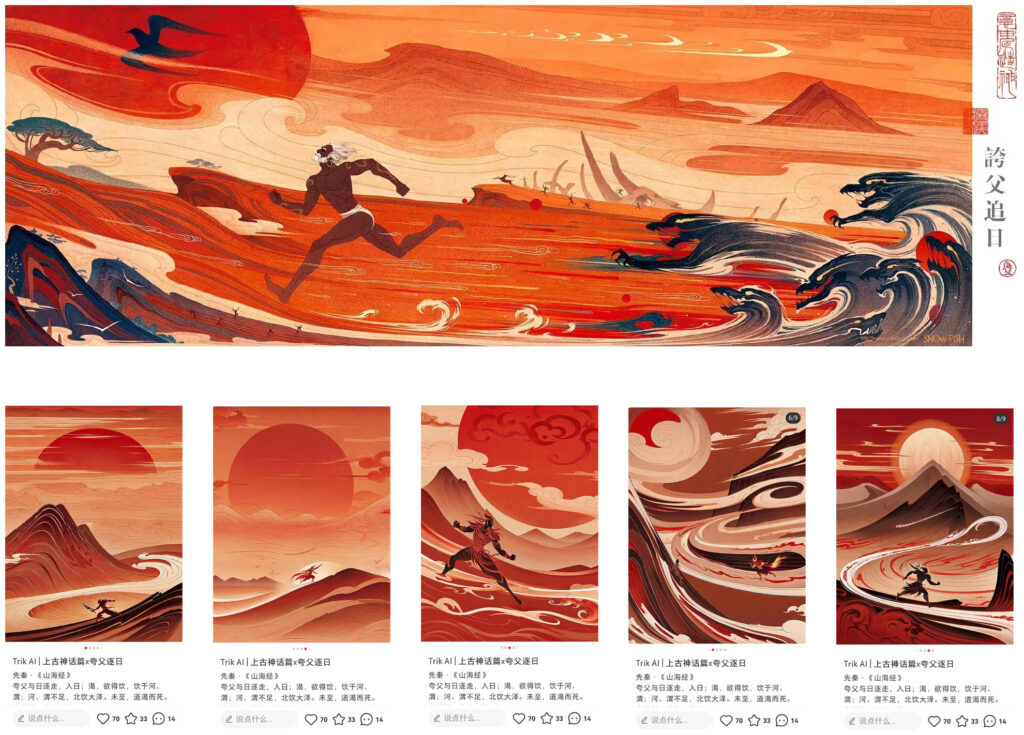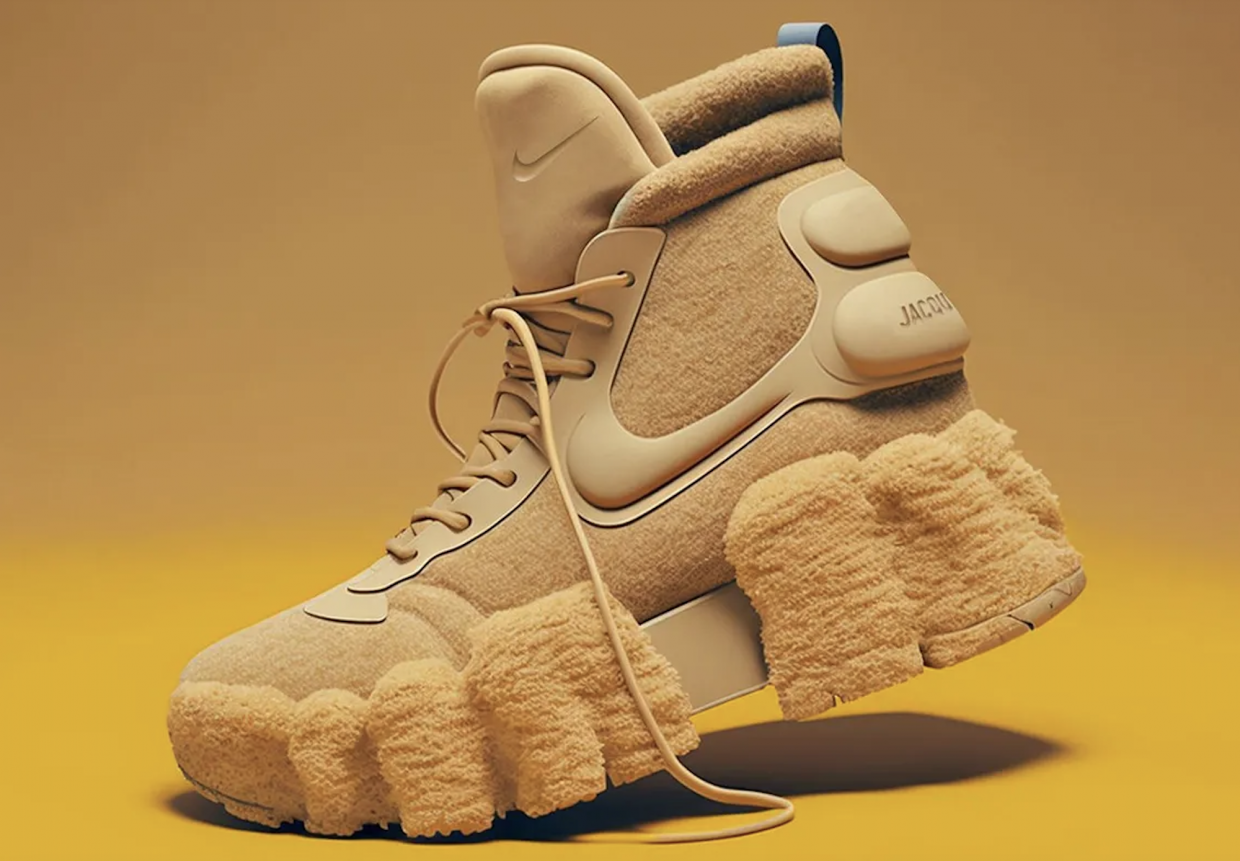|
Getting your Trinity Audio player ready...
|
This article originally appeared on our sister site Jing Daily.
What Happened: On August 30, the US Copyright Office launched a public consultation into artificial intelligence (AI) and copyright issues as a prelude to tightening related laws, foreshadowing an increase in legal wranglings centering on the technology, and diverging regulation around the world as governments scramble to manage the booming technology.
On August 18, a federal judge in Washington, D.C., ruled that a work of art created by artificial intelligence without any human input cannot be copyrighted under American law because of its lack of “human authorship.” The decision marked the first in the US to establish such boundaries on AI-generated art, and reaffirmed the US copyright office’s ruling issued in March this year.
Meanwhile, China has brought in some of the world’s most comprehensive rules on AI.
On August 15, the mainland’s new provisional measures relating to intellectual property right infringements came into effect. The rules state that providers of generative AI services are required to use “data and basic models with legitimate sources” and not infringe on the intellectual property rights of others. Text, images, audio, and videos generated using generative AI-created content is also required to carry a clear watermark or voice prompt, stating it was created using artificial intelligence.
The regulations also forbids copyright infringement in the training of AI models.
The measures cover services that are provided to the public, such as the six AI chatbots released last week, with enterprises, universities, and similar entities falling outside the framework.

Popular social media platform Xiaohongshu fell under fire after allegedly using user’s artwork to train its AI. Photo: Xiaohongshu
The Jing Take: Industries like art and fashion are desperate to harness technological innovation to maintain relevance, scale faster and cut costs. But the fact that the laws and regulations relating to AI, such as copyright protection, are in the nascent stage of development, means the risks are high.
For instance, the US Copyright Office’s recent ruling presents brands and artists with huge challenges when it comes to protecting their intellectual property and provenance on the internet. As generative AI visual art platforms like Dall-E and Midjourney attract record numbers of users, the rapid proliferation of digital art is creating huge legal headaches for brands and artists, that want to protect their content.
In China, the AI-generated content boom has also sparked numerous disputes, despite its government’s agile approach to the maturing tech.
Last month, for example, Xiaohongshu came under fire after several creatives accused the platform of using their works to train its AI-powered image generator without their consent. The allegations ranked as a ‘Hot Topic’ on Weibo, with some artists resorting to removing all their content before boycotting the social media and e-commerce platform.
The US court’s denial of copyright for AI-generated content raises questions over the significance of individuality and authorship in this new medium of art, fashion and design.
While authorities in China have established clear rules to protect creators from IP violations, a lack of comprehensive, universal, and standardized regulations means brands and creatives will have to navigate fast-moving and diverging policies in the markets where they operate. It also makes pinpointing where the line between finding inspiration and plagiarism should be drawn that much harder.
The Jing Take reports on a piece of the leading news and presents our editorial team’s analysis of the key implications for the luxury industry. In the recurring column, we analyze everything from product drops and mergers to heated debate sprouting on Chinese social media.



